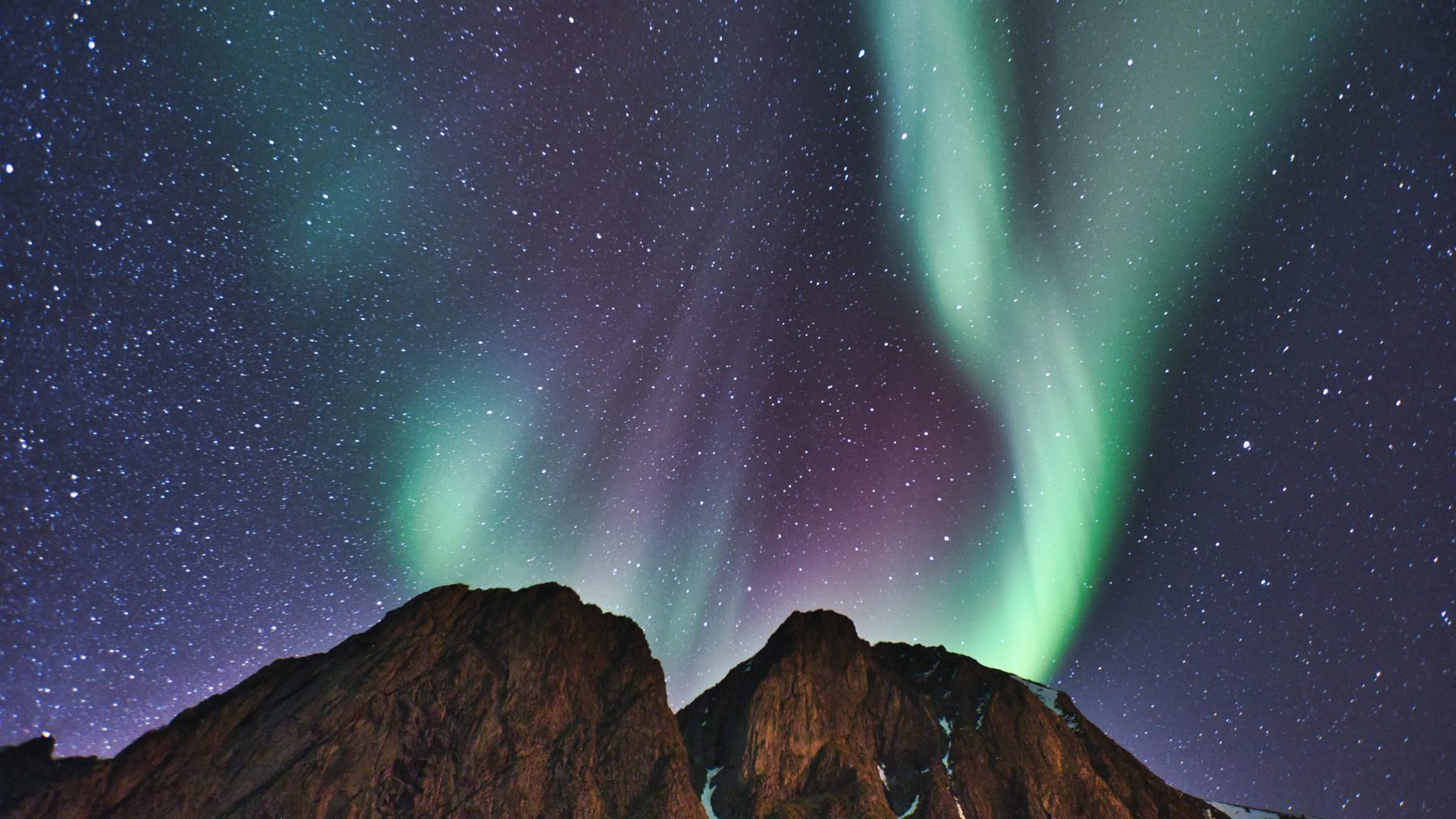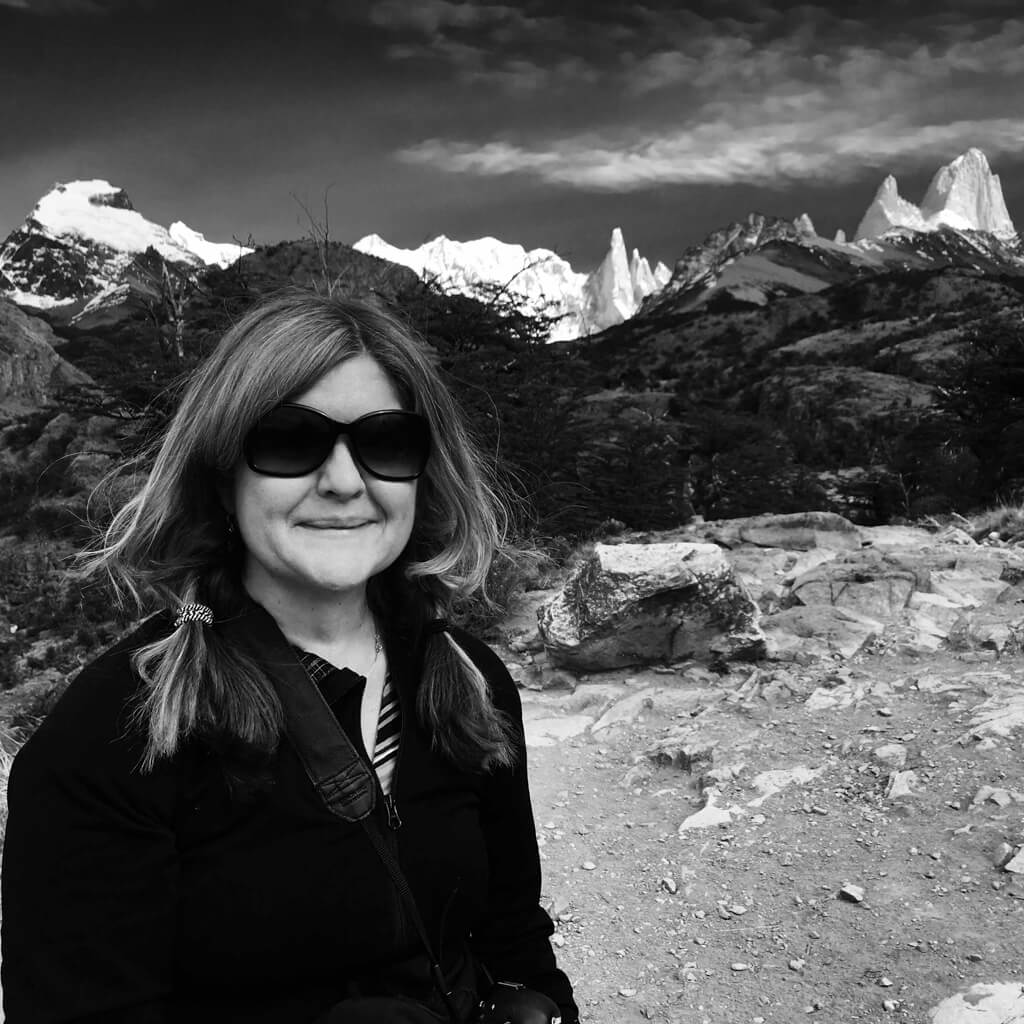
A solar storm cycle is creating auroras visible further south than normal—here’s your definitive guide to where and why.


A solar storm cycle is creating auroras visible further south than normal—here’s your definitive guide to where and why.
Seeing the aurora borealis, or Northern Lights, in person is a bucket list item for many. Images of the twisting, shimmering rivers of blue, green and red auroras streaming across the night sky are otherworldly, almost magical—a siren call for frozen, remote places.
This week, though, initial forecasts have predicted that the lights would be visible in the United States as far south as Maryland. Needless to say, that’s a long way from the frozen polar landscapes usually associated with the auroras. But it’s not unheard of for the far southern edge of the Northern Lights to be closer to the equator than the north pole.
Scientifically speaking, the Northern Lights are caused by charged particles released by the sun—known as solar wind—getting caught on the edges of the Earth’s magnetic field, called the magnetosphere. The particles are pulled towards the Earth’s poles, and as they descend through the upper atmosphere they energize elements that emit visible light—red auroras from oxygen, and blue and green ones from nitrogen.
The exact physics behind all the different shapes and patterns of auroral displays is still being studied, but the more intense the solar wind, the brighter and more widespread the lights. It takes a full-on “solar storm”—basically a particularly strong blast of solar wind—to light up the sky above the lower 48 United States. Even before we understand what was happening on a molecular level to cause the Northern Lights, they’ve been a source of fascination not just to modern travelers—legends and stories from human civilizations throughout history express wonder at seeing the sky illuminated.
In Norse mythology, the lights were reflections on the armor of the Valkyries, the female spirit warriors that carried the souls of fallen warriors to the afterlife. The Indigenous Sámi people of northern Scandinavia saw the lights as the spirits of their dead ancestors, and abstained from waving or making loud noises under the vibrant sky out of respect—and for fear of catching their attention and being carried away. And in various Indigenous North American cultures, the lights are interpreted as everything from a reflection of the creator’s flames to the torches of giants helping out with night fishing.
But this solar storm that has provided a North American light show in the sky is just one episode in an ongoing cycle of solar activity that started in 2019. And don’t fret if you miss them this time around: The National Oceanic and Atmospheric Association expects the solar storm and the resulting Aurora Borealis activity to peak in 2024. So there are plenty of opportunities to see the dazzling light show in the night sky in more southern latitudes than one might expect.
Whether you see them from Delaware or a frozen tundra in the Yukon, and if you take them to be the souls of ancestors or atmospheric particles animated by solar energy, the Northern Lights are a surreal sight to behold. No matter how you look at it, they’re truly out-of-this-world—the visible sign of much larger celestial forces brushing up against the outermost edges of our planet.

Miyo McGinn is Adventure.com's US National Parks Correspondent and a freelance writer, fact-checker, and editor with bylines in Outside, Grist, and High Country News. When she's not on the road in her campervan, you can find her skiing, hiking, and swimming in the mountains and ocean near her home in Seattle, Washington.








Can't find what you're looking for? Try using these tags: